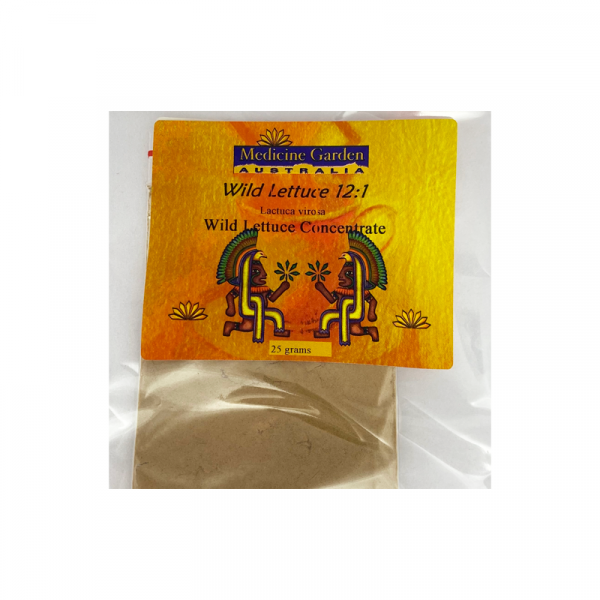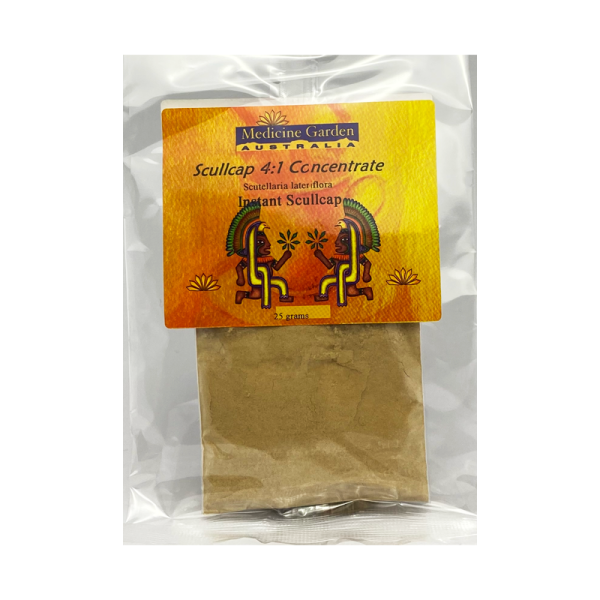Description
Wild Lettuce 12:1
Plant use: The use of Wild Lettuce goes back many thousands of years. The Egyptians used Wild Lettuce as an aphrodesiac. At that time Wild Lettuce was associated with the god Min, a Pan-like fertility deity, who was also the God of magic plants. Min is always pictured with stalks of Wild Lettuce behind him and there was a whole festival in Min’s honour. Lettuce opium was used by native North Americans who smoked the dried resin or sap of the plant. Traditionally Wild Lettuce was known as a sedative and painkiller; and used to quieten coughing and allay an overactive nervous system. Wild Lettuce aids in relaxing the body and producing a euphoric dreamy effect helpful in allowing sleep to flow. Wild Lettuce is not recommended for regular internal use as a tea as it may be toxic and harmful for the liver. Wild Lettuce is a very popular herb recreationally for smoking and smoking blends.
Preparation: This is dry herb concentrate and may be used in water, smoked alone, in a mix or sprinkled onto burning charcoal. Breathe in the sacred scent for meditation and inner calm.
Properties: The milky white juice that flows through the plant is called Lactucarium and is an analgesic, diuretic, laxative and sedative. It decreases gastrointestinal inflammation and uterine contractions. Hepatotoxic if used regularly as a tea.
Scientific name: Lactuca Virosa
Common names: Bitter lettuce, laitue vireuse, opium lettuce, poisonous lettuce, tall lettuce
Family: Asteraceae
Parts used: Aerial parts
Cautions and Contraindications: With all herbs, it is important you do your own research before consuming them. Although many herbs are generally safe to use, some herbs may have interactions with medications or be unsuitable to use during pregnancy.







